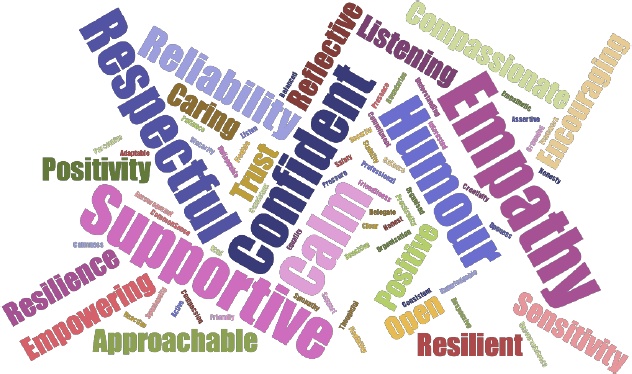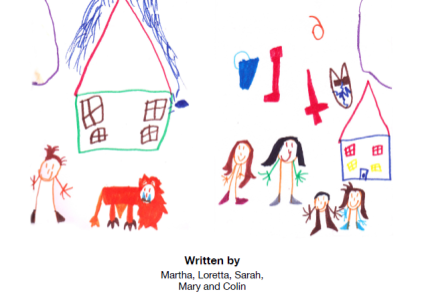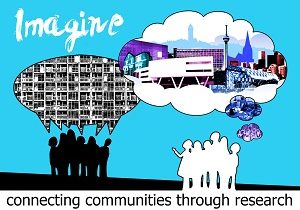Can resilience be measured? How to actually measure resilience has exercised the brain of many a boffin and we provide some useful links on the Other resilience research page if you want to ponder this question more. Resilience is more the end state of a successful negotiation of adversity based on both adaptive characteristics of the individual and the supporting environment. Measuring resilience directly has by many leading resilience researchers been seen as a very complicated task. However, measuring the positive attributes of the individual and the supporting environment is possible, and several have developed measures of protective factors that show promise.
Among these is our colleague at the Norwegian University of Science and Technology, Odin Hjemdal, who has spent the last 10 years developing two resilience measures, one for adults (Resilience Scale for Adults; RSA) and one for young people (Resilience Scale for Adolescents; READ). These measures draw on the large base of results from resilience research and measure both individual positive attributes like: personal competences and attribution styles, social competences, goal orientation, self-efficacy and realistic optimistic views on the future as well as adaptive family environment and positive social resources outside the family. He’s working with us to explore ways of measuring levels of protection in the disadvantaged children and families we work with. He can be contacted by [email protected] or if you like by website: http://www.resilience.no
Finding good ways of measuring is important in order to track the effectiveness of resilient building approaches in daily practice, to make sure that people benefit from interventions, to check the quality of our work and to continue developing our interventions.



